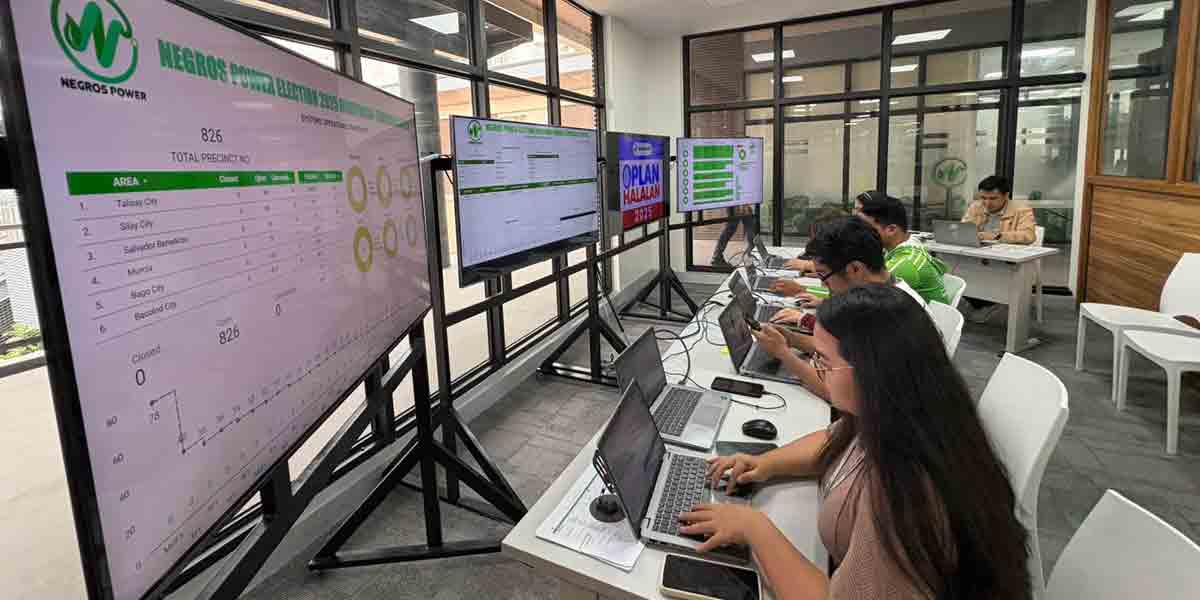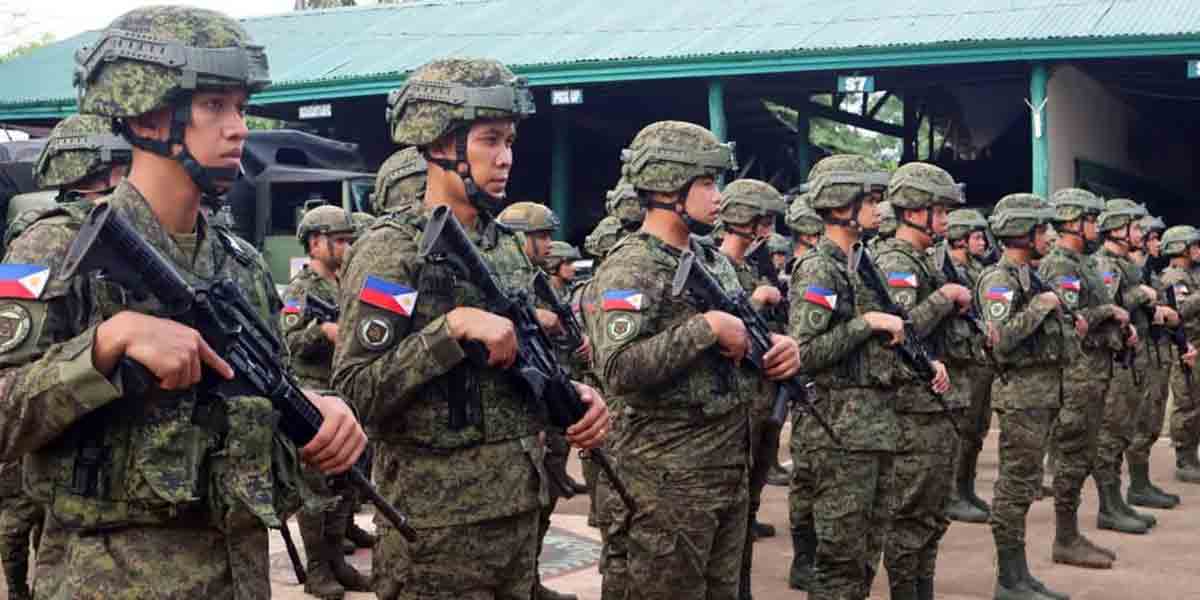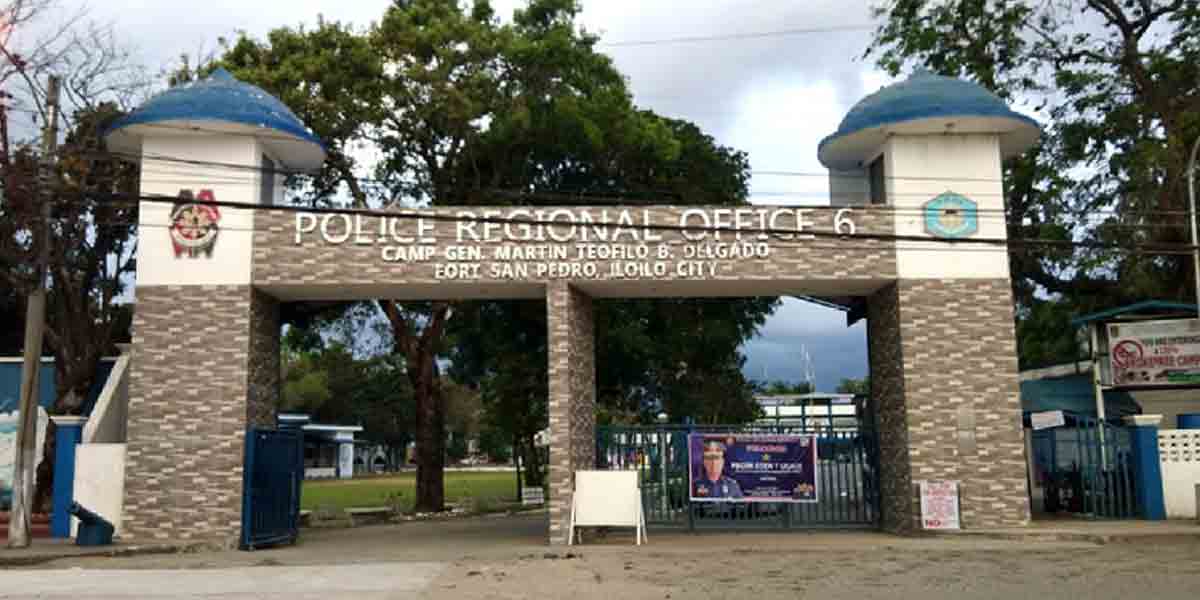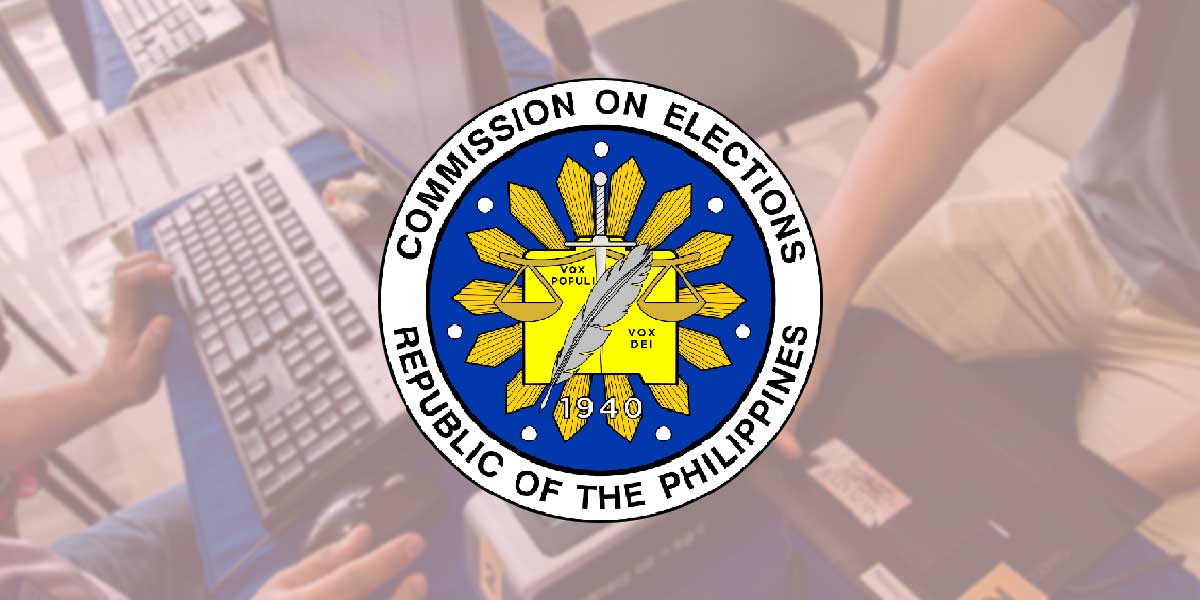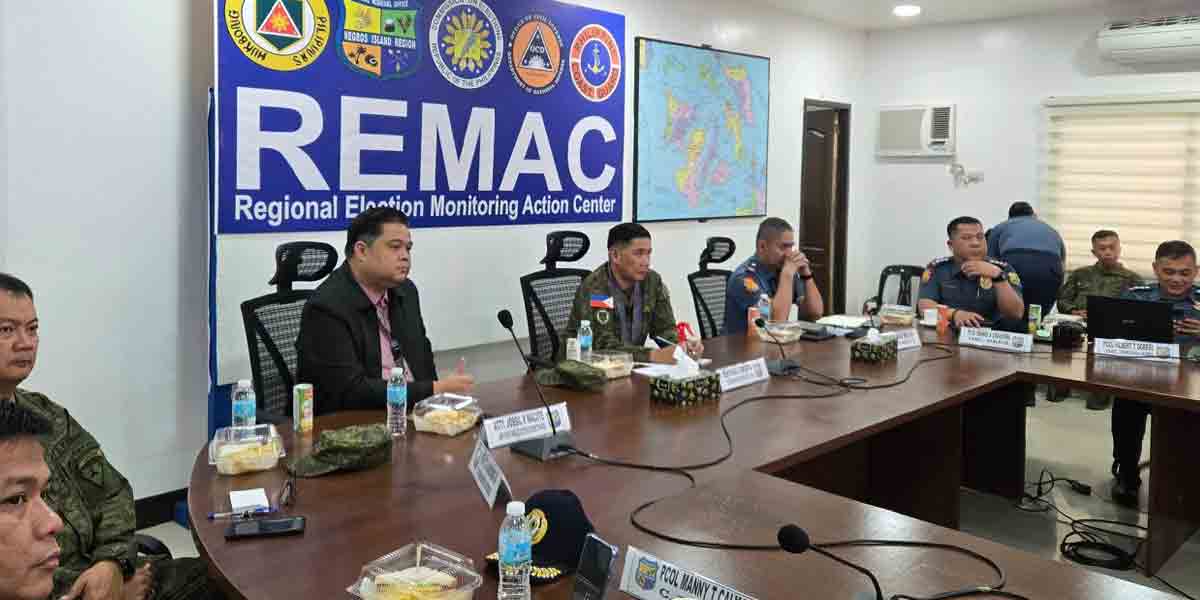By Prof Enrique Soriano
What Vietnam did in dealing with a disruptive and unexpected health event that threatened to harm the country was impressive, given their limited resources. Many years ago, I still remember being commissioned by Singapore-based investors to initiate a comprehensive research on the state of Vietnam’s Medical industry and discovered that their healthcare ecosystem was so backward that as basic as setting an appointment with specialist doctors was close to impossible. That in the event of confinement you had to bribe a hospital employee to guarantee you a bed. Years later, in one decisive move, I found out that the political leaders embarked on an overall private and public healthcare modernization strategy and what used to be a major weakness has transformed into a strength in just a few years. In retrospect, the pandemic was a crisis that Vietnam was prepared to deal with. According to Prof Thwaites, “this is a country that has dealt with a lot of outbreaks in the past from SARS in 2003 to avian influenza in 2010 and large outbreaks of measles and dengue.” The country has really done well to weather the storm compared to its more prosperous neighbors.
So how did Vietnam do it? Let us first define crisis management in its context? It is the process by which an organization deals with a disruptive and unexpected event that threatens to harm the organization or its stakeholders. Three elements are common to a crisis: (a) a threat to the organization, (b) the element of surprise, and (c) a short decision time. This type of crisis is a process of transformation where the old system can no longer be maintained. Therefore, the fourth defining quality is the need for change. If change is not needed, the event could more accurately be described as a failure. Crisis management involves dealing with threats before, during, and after they have occurred. It is a discipline within the broader context of management consisting of skills and techniques required to identify, assess, understand, and cope with a serious situation, especially from the moment it first occurs to the point that recovery procedures start.
According to an International Monetary Fund (IMF) report, “after China officially reported to the World Health Organization (WHO) several cases of an unusual pneumonia on December 31, 2019, Vietnam finalized a health risk assessment. By January 21, the Ministry of Health had issued guidance on outbreak prevention and detection. Before the end of January, Vietnam had issued its National Response Plan and established a National Steering Committee on Epidemic Prevention. This was critical to coordinate the actions and communications of relevant actors at different levels of governments.” Vietnam’s political leaders also emphasized solidarity in confronting the virus. Its Prime Minister reiterated in several pronouncements that the enemy the entire nation must unite against is the virus. The declaration was likened to a call to prepare for battle, “not to fight the virus but to prevent it from spreading.”
All over the country, the citizenry considered the washing of one’s hands and staying at home as a matter of patriotism—a message that Vietnamese media successfully resonated through various forms of popular art and propaganda about COVID-19. While its Southeast Asian neighbors waivered, Vietnam imposed tough controls on travel and people movement including those who were potentially infected very early on in the crisis. It was also quick to put lockdowns into place and as early as February, Hanoi already enforced quarantining protocols on anyone coming into the country. With more than 18 million international tourists visiting Vietnam annually (more than three times that of the Philippines), it immediately halted all forms of tourism and business travel to and from China.
Subsequently, they ordered all international flights closed in mid-march. Reinforcing the travel restrictions, Vietnam also used effective tracing methods, way ahead than most countries.
Volunteers were mobilized in huge numbers to serve as tracers, making it possible to “track down all or nearly all the contacts of infected people, and then to track down the contacts of those contacts, to ensure the virus did not spread.” Finally, providing technical support to the political leadership were the public health experts, a major factor in Vietnam’s successful campaign.

